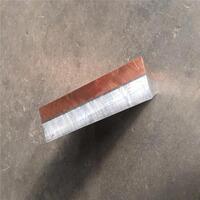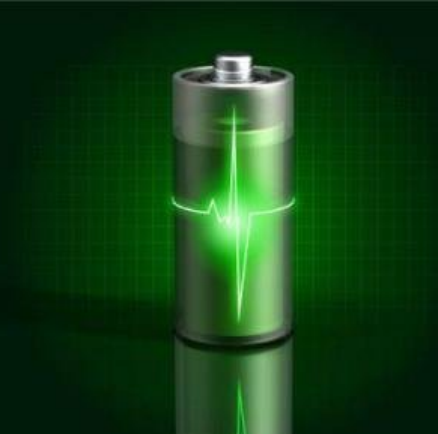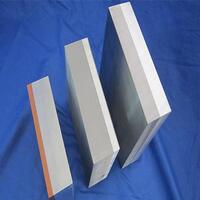1. Introduction
Ever seen a sleek modern building with shimmering copper siding or a rustic home wrapped in weathered corten steel? Chances are, you’re looking at a metal clad structure. But what exactly does ‘metal clad’ mean? In simple terms, metal clad refers to products or surfaces made by bonding two or more layers of different metals together—combining the best properties of each. This technique is used everywhere, from architecture and roofing to electrical wiring and industrial components.

Whether you’re researching a metal clad house, planning a renovation with vertical standing seam metal siding, or sourcing clad metals for engineering, understanding the basics—and the breadth—of metal cladding is essential. Let’s break it all down.
2. What Does ‘Metal Clad’ Mean?
The term ‘metal clad meaning’ (or ‘clad metal meaning’) describes any composite material where a base metal is covered or ‘clad’ with another metal layer. This isn’t just paint or coating—it’s a metallurgical bond, often created through rolling, explosion bonding, or electroplating. The result? Enhanced corrosion resistance, improved strength, better aesthetics, or cost efficiency.
For example, aluminum clad stainless steel gives you the durability of stainless steel with the lightweight and cost benefits of aluminum. Similarly, copper nickel clad or titanium clad materials offer specialized performance in harsh environments like marine or chemical processing settings.
3. Common Types of Clad Metals
Clad metals come in many forms, tailored to specific needs:
- Aluminum clad steel: Combines steel’s strength with aluminum’s corrosion resistance—great for automotive and construction.
- Stainless clad aluminum: Used when surface hygiene and appearance matter, like in food processing equipment.
- Copper siding and zinc metal siding: Popular for architectural exteriors due to their evolving patina and longevity.
- Titanium clad and Inconel weld overlay: High-performance options for aerospace and energy sectors.
- Alloy clad sheets like 2024-T3 clad or 7075-T6 clad: Common in aviation for fatigue resistance and light weight.

These combinations leverage the strengths of each metal while minimizing weaknesses—like rust, weight, or expense.
4. Metal Clad in Architecture and Construction
One of the most visible uses of metal clad is in buildings. A metal clad building can feature anything from a corrugated steel facade to a refined standing seam facade. Homeowners and architects choose these systems for durability, low maintenance, and striking visual impact.
Popular choices include:
- Corten steel siding: Known for its rust-like appearance that stabilizes over time; corten steel siding cost varies but offers long-term value.
- Zinc clad roof or zinc clad dormer: Elegant, self-healing, and eco-friendly.
- Colorbond standing seam or PAC Clad standing seam roof: Pre-finished, durable, and ideal for modern homes.
- Exterior corrugated metal siding: Industrial-chic look with excellent weather resistance.
- Steel clad house designs: Often paired with glass for minimalist, contemporary aesthetics.
Even details like PAC Clad coping, column covers, or metal weatherboard panels contribute to a cohesive, high-performance envelope.

5. Metal Clad Beyond Walls and Roofs
Metal clad isn’t just for exteriors. It shows up in surprising places:
- Metal clad electrical wire (also called MC cable): Armored wiring used in commercial buildings for safety and durability. Yes, it can be surface-mounted and used outdoors with proper fittings.
- Aluminum clad pipe insulation: Protects pipes while adding thermal efficiency.
- Metal clad wire like Cu clad wire or aluminum clad steel wire: Used in electronics and power transmission for conductivity and strength.
- Metal nameplates and engraved brass plates: Often made from clad or solid metal sheets for legibility and resilience.
6. Industrial and Engineering Applications
In heavy industry, clad metals play a critical role. Boiler plate steel, mild steel plate, and thick carbon steel plate are often enhanced with cladding for corrosion resistance in tanks, pipelines, or pressure vessels.
Common industrial products include:
- Stainless steel plate grades like 316L or 904L, sometimes with Inconel 625 overlay for extreme conditions.
- Chrome carbide overlay plates for wear resistance in mining equipment.
- Perforated plate, diamond plate steel, and aluminum tread plate for safety flooring and grating.
- Electroplating processes like chromium electroplating or electroless nickel for surface hardening.
When sourcing, you might search for ‘steel plate near me’ or ‘aluminum sheet for sale’—but for demanding applications, alloy clad solutions offer smarter performance per dollar.
7. Choosing the Right Metal Clad Type
Not all metal clad is created equal. Your choice depends on environment, budget, and function. For a coastal home, zinc or aluminum clad sheet may outperform untreated steel. In electrical work, metal clad type matters for code compliance. For structural elements, you might need 1/4 steel plate or 3/16 metal plate with specific ASTM ratings like A387.
Always consider:
- Climate exposure (salt air, humidity, pollution)
- Required lifespan and maintenance
- Aesthetic goals (e.g., patina vs. consistent color)
- Local building codes—especially for metal clad wiring in Pennsylvania or other regions
8. Conclusion
From the gleam of a copper siding accent to the rugged reliability of a metal clad shed, clad metals blend form and function like few other materials. Whether you’re selecting a corten steel facade for its raw beauty, installing PAC Clad HWP panels for a commercial roof, or specifying aluminum clad stainless steel for a chemical tank, understanding ‘metal clad’ unlocks smarter, more sustainable design choices. As technology advances, expect even more innovative clad metal solutions—making this age-old technique more relevant than ever.
Our Website founded on October 17, 2012, is a high-tech enterprise committed to the research and development, production, processing, sales and technical services of ceramic relative materials such as What. Our products includes but not limited to Boron Carbide Ceramic Products, Boron Nitride Ceramic Products, Silicon Carbide Ceramic Products, Silicon Nitride Ceramic Products, Zirconium Dioxide Ceramic Products, etc. If you are interested, please feel free to contact us.
